 corgralcele@cele.unam.mx
corgralcele@cele.unam.mx
 +52 (55) 5535 5203
+52 (55) 5535 5203
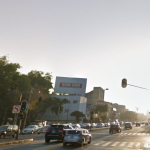
Nearest at 0.13 kms.

Nearest at 0.15 kms.
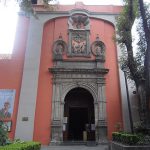
Nearest at 0.23 kms.
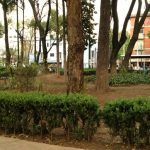
A neighborhood favorite just in from the old causeway landing.
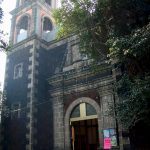
A Tacuba neighborhood church in Azcapotzalco...
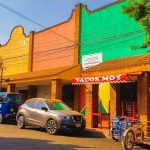
A giant neighborhood market in the old west of Tacuba...
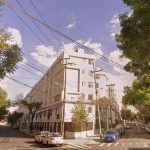
An age-old neighborhood of ancient Tacuba, today home to an enormous park...
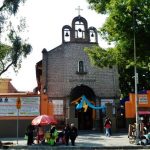
A church next to Mexico City's most famous tree...